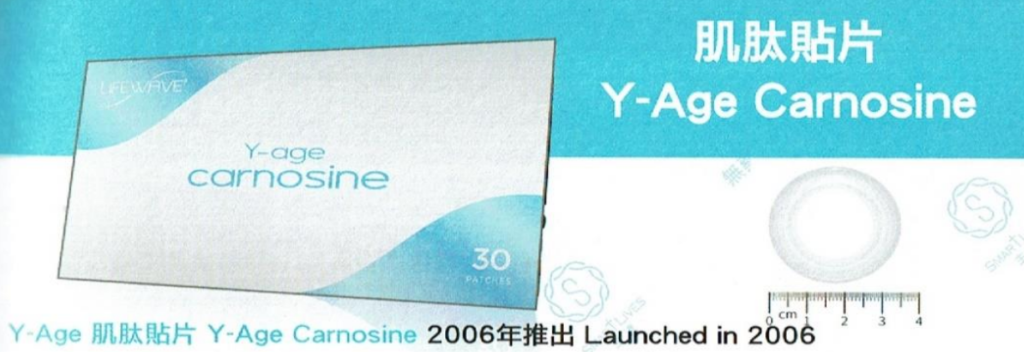
The Lifewave Carnosine Patch is a phototherapy product that claims to increase the body’s production of carnosine, a natural peptide with antioxidant, anti-inflammatory and anti-aging properties. Carnosine is also involved in many other processes such as muscle function, brain health and cell repair. Carnosine patches use similar technology to other patches, but they reflect a different frequency of light, causing the body to produce more carnosine. These patches are designed to be worn on specific points on the body for 12 hours a day, 3 times a week or every other day.
Lifewave Carnosine Phototherapy Frequency is related to the frequency of infrared light reflected by the patch, which is a type of electromagnetic radiation with a wavelength in the range of approximately 700 nm to 1 mm, corresponding to a frequency range of approximately 430 THz to 300 GHz. However, not all infrared light has the same effect on the human body, and different wavelengths may have different biological responses. A study testing the effect of the Lifewave carnosine patch on the physiological and functional state of cells used an infrared spectrometer to measure the wavelength of the light emitted by the patch. The study found that the peak wavelength of the light emitted by the patch was about 880 nm, corresponding to a frequency of about 341 THz . This wavelength, also in the near-infrared region of the spectrum, is also used in some medical applications, such as photobiomodulation and low-level laser therapy.
Note that this study was sponsored by Lifewave and the sample size was only 20 participants. More independent and rigorous studies should be needed to verify the claims and mechanism of Lifewave Carnosine Patch and its effects on carnosine and other health outcomes.

